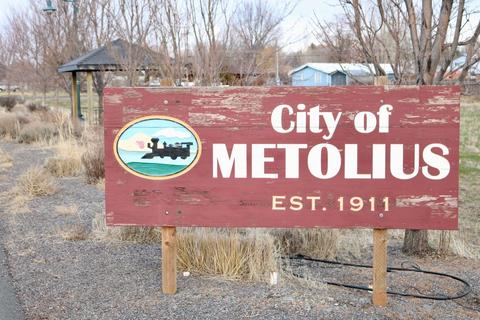Some of you might already know, but I’m a big history buff. In middle school, I traveled to Washington, DC to represent Oregon for the National History competition with my display and research on Nikola Tesla and the integrated circuit. I originally entered Oregon State University as a Political Science major because I wanted to be a high school history teacher.
Even on the farm, I am surrounded by the ghosts and hard work of all my ancestors that have come before me. It’s a bit daunting at times, but always rewarding. Eventually my love of history blended with my obsession for home-brewing and home-malting had pushed me to question the status quo of modern malt.
Which brings me to one of my biggest pet peeves: making “historical” styles of beer using modern malts.
Case in point: I just picked up a new book about brewing historic German beers. Malt is mentioned at the very beginning of the book, namely that we don’t “really know what historic malts tasted like”…and that…”subbing in continental pilsner malt is probably ‘close enough.”
This would be like me saying I could build a Model T using Toyota Camry parts.
I’ve seen countless recipes offer up “replacement” malts to replicate the beers of yesteryear, but, who are we kidding? If malt is the soul of beer, we honestly have no clue what beer tasted like a hundred years ago because we aren’t growing the same grains and malting using the same processes.
This is a problem that has bugged me since I first started malting in my garage: can we even get close to recreating what malt might have tasted like long ago? “Gateway,” our under-modified wind-malt, is my attempt at answering this question.
“Wind-malt” is a long-forgotten style of Belgian malt that was allowed to air-dry in very shallow beds (2-4”) in the lofts of barns. I’ve had a difficult time finding much information on wind-malt other than it was an essential ingredient in many styles of beer - including wits and lambics. I’m also not sure when it disappeared overseas, but to my knowledge, it has never been produced commercially in North America.
One of the main and often-repeated qualities of historic malt is that it was “under-modified.” Modification is the term we use to describe the degree to which the protein-starch matrix of the endosperm is broken down during the malting process. Most importantly, there seems to be an unspoken acknowledgment that taste panels prefer beers made using under-modified or less friable malts. If you want to venture down this rabbit hole, check out the work of our friends at the Oregon State University Barley flavor project HERE.
Why then, do we believe that historic malts were under-modified? Hang with me folks, it’s going to get geeky.
Heirloom varieties of grain are an untapped wealth of unique flavors but can be a real challenge to sprout and grow consistently…whereas modern barley breeding has developed varieties that sacrifice flavor for super-charged yields both in the field and in the malthouse. For example: we can perform a basic germination test by applying 4ml of water to 100 kernels of any given grain/variety. After 72 hours, the sprouted seeds are counted. Most modern varieties will have more than 98 seeds sprouted, while heirloom varieties might be anywhere from 60-100.
Even with current varieties, modification can be a challenge. One of the tricks modern maltsters use for ensuring consistent modification is the use of gibberellic acid to treat germinating grain. This hormone is used accelerate modification and squeeze as much extract potential out of the malt as possible…it’s also one of those things that “just isn’t talked about.” That being said, the only ingredients historic maltsters used were water and grain. Fortunately, most craft maltsters (including us) follow this same logic and process.
With Gateway, we begin by using a notoriously difficult variety to malt: Full Pint. We use Full Pint for 100% of our barley malt because it best replicates the challenges (and flavors) that historic maltsters would be faced with. There’s no reason for us to malt conventional varieties of barley (such as CDC Copeland, AC Metcalfe, etc.) just because everyone else does it; and we already know the results would be flavor-neutral. We’re not in the business of merely making “okay” malt…but quick! Let me get down from my soapbox.
I was able to induce natural under-modification of the grain by shorting the normal amount of steep water. This forces the kernels to not imbibe a sufficient amount of water, leaving un-solubilized starch granules that will never become modified. Because our mechanical floor-malting process is so consistent, each kernel of Gateway has a speck of un-modified grain, as opposed to the mixed bag of over-modified and dead kernels you might find if someone else were to attempt the same process.
This steeping regime prolonged germination, but also allowed the grain to enter kilning at a lower moisture content. Finally, we used shallow grain beds (6” deep) and 90˚F air over the course of a couple days to replicate the breeze of warm air blowing the loft of a barn. The result is a malt bursting with the flavor and aroma of fresh-cut hay...and, because such low air temperatures were used, the resulting wort is nearly colorless.
This is but one of many smalls steps we’ve taken in blending old world methods with modern technology. I’m so excited to share this labor of love with you all and am thrilled with the final results. To purchase yours click HERE.
Hopefully we’ll be able to not only answer “what did beer used to taste like?” but discover together how much better beer can be.









